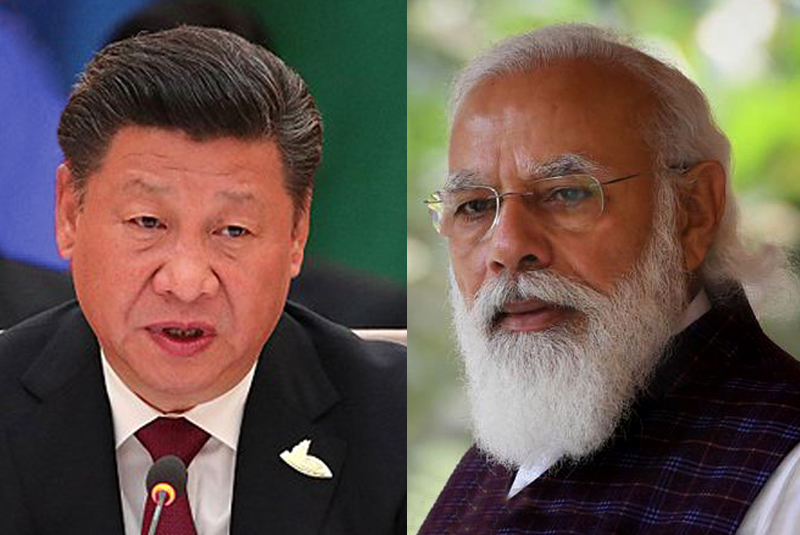The clashes between Chinese and Indian troops in the Galwan area of Ladakh in June 2020, which led to combat fatalities including at least 43 People’s Liberation Army (PLA) troops as well as 20 Indian Army soldiers without any shots being fired, constituted the most serious clashes between the two armies since 1967. Successive rounds of military and diplomatic negotiations have prevented escalation into full-scale conflict, but have also proven incapable of forging an understanding whereby either the pre-May status quo before the Chinese incursions could be rebuilt, or a new status quo found.
The latest developments in the simmering conflict are a sharp exchange over how broadly the impact of tensions will be felt on bilateral relations, with Indian External Affairs Minister Subrahmanyam Jaishankar asserting that peace on the Northern border is a prerequisite for the further development of bilateral relations, and China responding that the border conflict should be delinked from broader ties. Certainly accepting Chinese territorial gains should be anathema for India, given the green light this would send to further territorial incursions, nor is it likely the Narendra Modi government will acquiesce to China given it has ceaselessly projected images of its own strength, even when the reality has been that crucial strategic imperatives have been neglected.
There also exist perils for President Xi Jinping in the situation, though the consensus among observers has been that China has consolidated territorial gains with little opportunity for India to reclaim the pre-May status quo (given its economic vulnerabilities and military disadvantage). The 600 square miles of territory that China has gained are barren and represent real but ultimately marginal strategic gains which amount to having acquired positions overlooking a highway allowing them to hinder Indian transportation and construction activity. Considering the relatively small material gains involved, it is reasonable to conclude the Chinese incursions were undertaken primarily for symbolic purposes—namely to project an image of indomitable strength to India and deter it from competing with China in the Himalayas, as well as slowing it from forging closer strategic ties with countries further afield such as the United States, Australia, and Japan (all rivals of China in the Asia-Pacific) by tying India down in a Himalayan quagmire.
-30-
Copyright©Madras Courier, All Rights Reserved. You may share using our article tools. Please don't cut articles from madrascourier.com and redistribute by email, post to the web, mobile phone or social media.Please send in your feed back and comments to [email protected]











